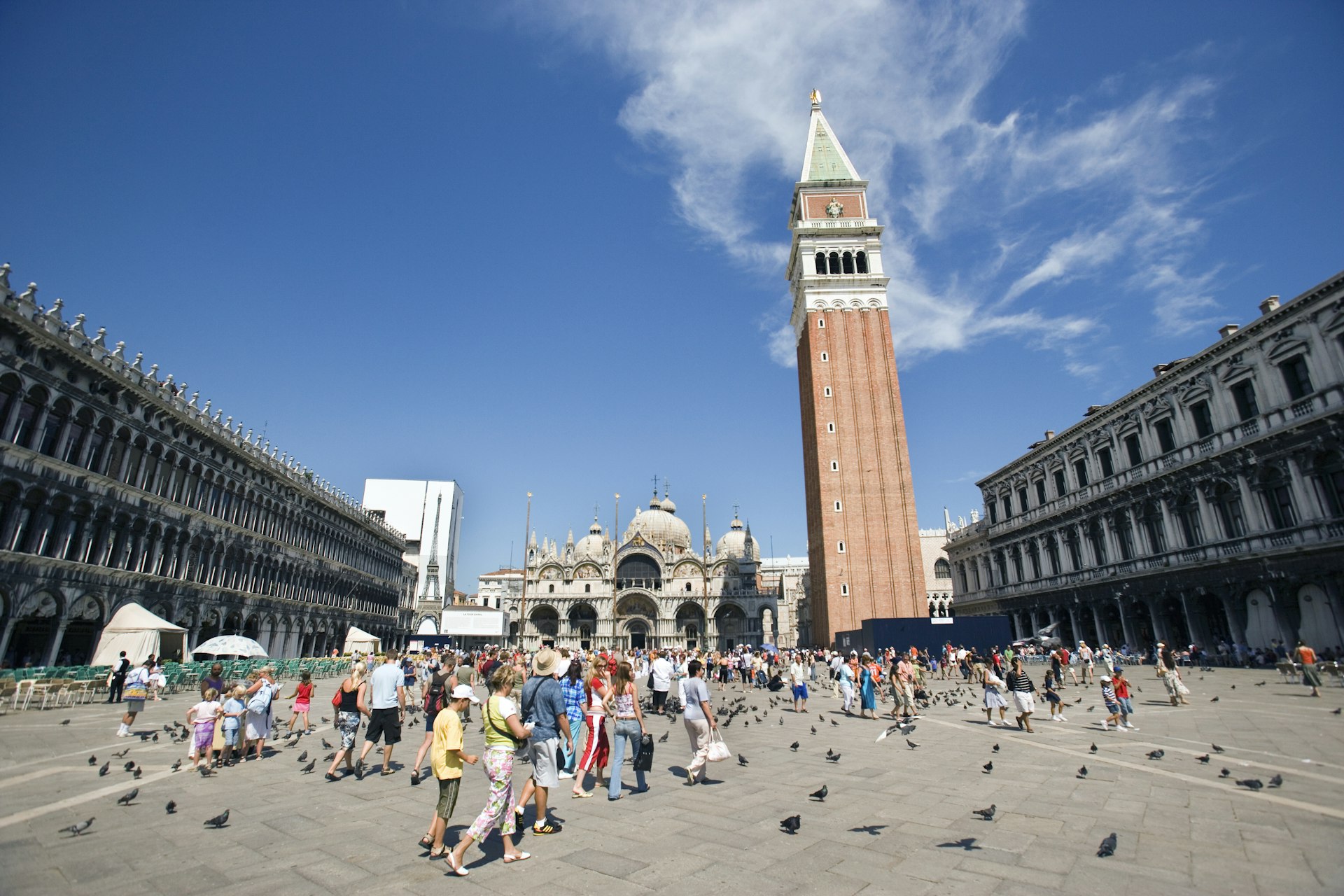Venice is divided into six neighborhoods known in Italian as sestieri. This division has remained more or less unchanged since the Romans arrived in the Lagoon to establish one of their castrum there. While all sestieri are undoubtedly Venetian, each has its own features, charms and distinct vibe to discover.
This division is also why the Venetian street number system might be a little confusing at first glance – each sestiere has its own numeration. Street numbers aren’t the only thing that’s unique about each neighborhood. Read on to find where to base yourself and what to see on your trip to Venice.
San Marco
Best neighborhood for feeling at the center of the Lagoon
San Marco is where you can find the picture book Venice. Named after the city’s patron Saint and the true heart of the city ever since its foundation, San Marco has it all. Want stunning, world-famous landmarks? The Basilica and its Campanile, as well as the Palazzo Ducale, are just a short walk away. Want to do some shopping before heading back home? You can check out Calle Larga XXII Marzo, the high-end shopping street of Venice, or head to the Fondaco dei Tedeschi, once the palace warehouse of German merchants coming to the Lagoon and today one of the city center’s main shopping malls.
San Marco is the place to be if you like to be surrounded by centuries-old buildings and luxury, as well as people, since it’s probably the most famous area of an already famous city. It’s also an excellent choice if you want to avoid public transport and use your legs as much as you can, as all the major sights are within walking distance.

San Polo
Best neighborhood for straddling two worlds
Just on the other side of the Canal Grande, San Polo is close enough to San Marco to enjoy its polished palaces and chic vibes, but it’s also separate enough to feel like its own city within a city – perhaps because San Polo is the smallest of all the six sestieri. You can have it both ways in San Polo – stay close to the Canal Grande and enjoy the landmarks on both sides of the water as well as above it, like the Rialto bridge; or you can lose yourself in the alleyways and little calles off the main road and discover picturesque corners and authentic pieces of Venetian history.
San Polo will also welcome you with open arms if you’re looking to live the gourmand life. You can’t miss the Rialto market, divided into fruits and vegetables and fresh seafood – stalls are there almost every morning, Sundays excluded, until around midday. But the sestiere San Polo is also where you can get a good pre-dinner aperitivo and then enjoy some post-dinner nightlife.
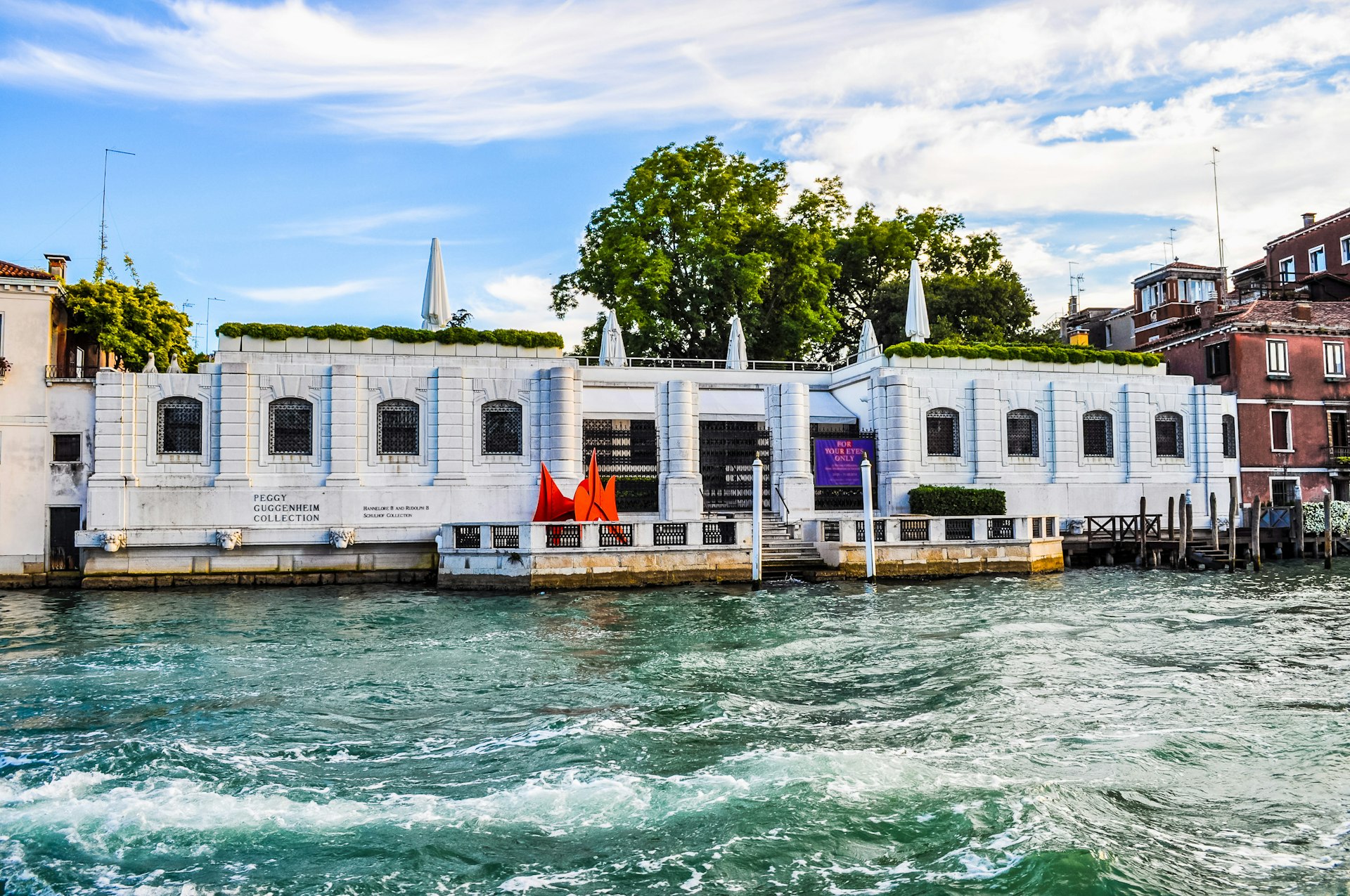
Dorsoduro and Giudecca
Best neighborhood for searching for Venice’s hip side
The southernmost of the sestieri Dorsoduro, which includes the island of Giudecca, has some of Venice’s most interesting museums and most populated universities. Dorsoduro is home to the famous Ca’ Foscari university, widely known in Italy as being one of the best for the study of languages, as well as the Venice Architecture Institute. It goes without saying then that the area is a top choice for students, and as a result, the whole of Dorsoduro brims with eateries and nightlife.
Dorsoduro has reinvented itself as Venice’s own Soho. Visit the Peggy Guggenheim Collection and Pinault’s Punta della Dogana, and keep an eye out for the smaller galleries sprouting up in the neighborhood all the time. The district has long been a favorite with foreign second-home buyers, meaning that Dorsoduro doesn’t have the same Venetian feel as nearby San Polo. However, it has beautiful boutique hotels, fine eateries and world-renowned modern and contemporary art. This is an excellent neighborhood for art lovers, but it’s also ideal for winter breaks as it’s the sunniest part of the city.
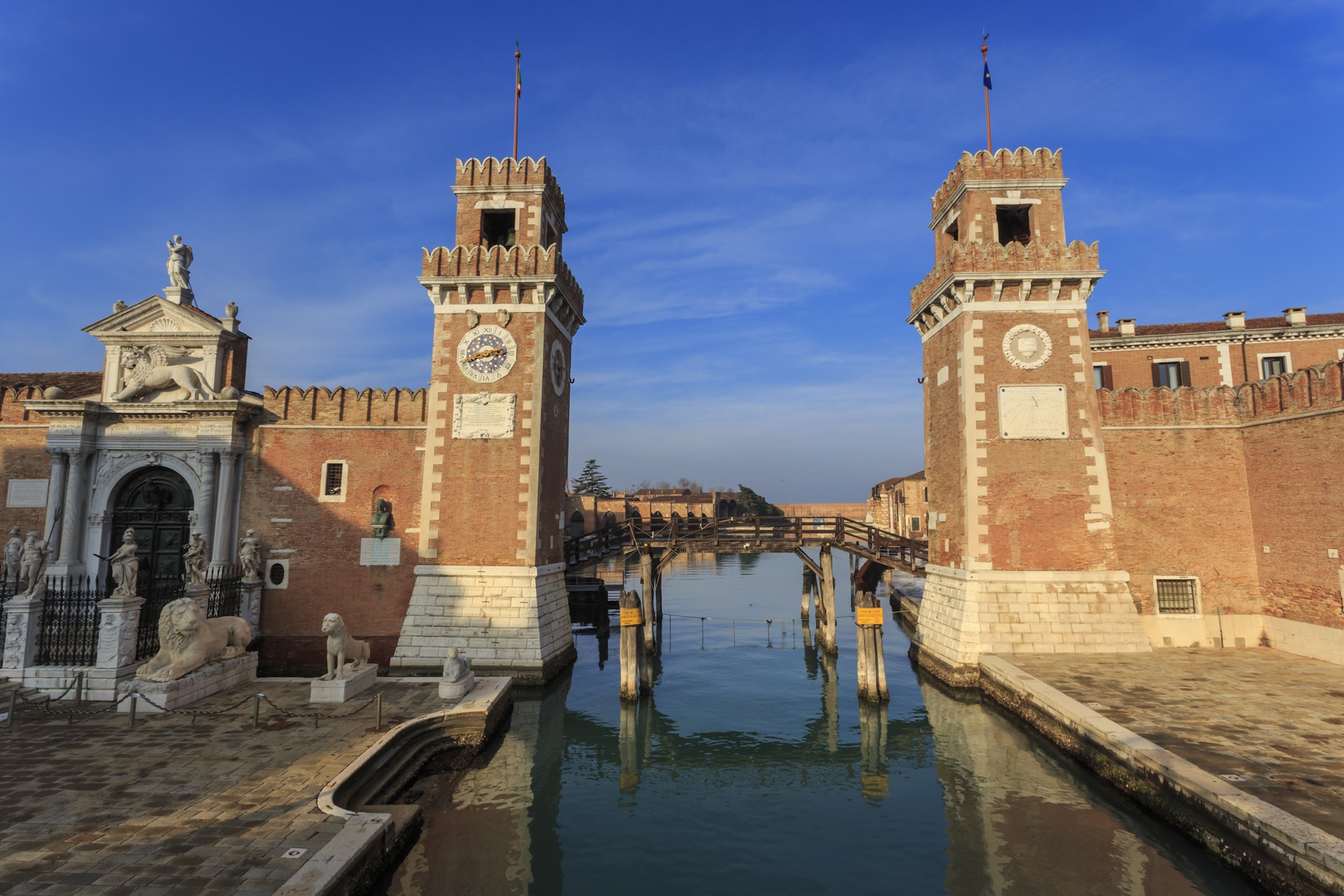
Castello
Best neighborhood for being immersed in art
While Dorsoduro can boast some incredible collections, one might say that the true art hotspot of the city is the sestiere Castello. Facing right onto the Lagoon and with a quieter vibe than its packed next-door neighbor San Marco, Castello is the domain of the Venice Biennale. From the Giardini della Biennale with their famous thirty pavilions, each belonging to a different country that uses them to display their works of art every two years, to the spaces within the Arsenale, you can feel the mark left by the Biennale everywhere you walk in Castello.
But history hangs heavy here as well – the Arsenale, where specialized artisans crafted all kinds of ships, is what made Venice a maritime powerhouse and helped it dominate the seas for more than a millennium. And if you want to take a break from all the sightseeing, you can always rest for a bit at the Parco delle Rimembranze, also known as the Sant’Elena pinewood, right on the tip of the sestiere and looking out onto the Lido.
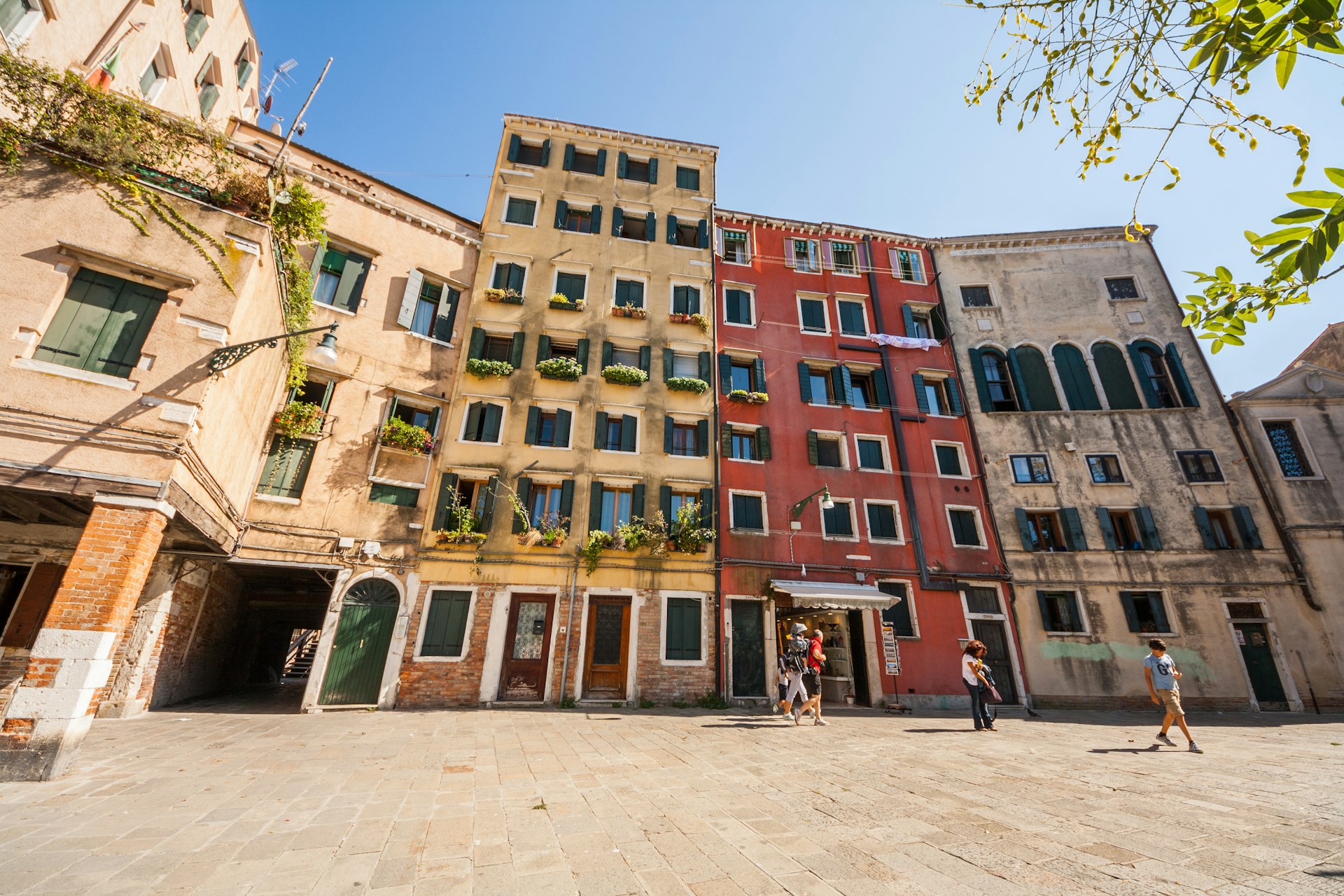
Cannaregio
Best neighborhood for feeling like a local
Cannaregio is the largest and most populous Venetian sestiere. It’s pretty close to Venice’s train station, Santa Lucia, and so it bustles with activity – commuters arriving from the mainland into Venice for their workday, people going to and from the more central areas of the city. Unlike San Marco, though, Cannaregio’s vibe remains more local and informal, and it’s a great place to be if you want to enjoy the more famous landmarks during the day but then retire to a quieter area (as quiet as Venice can be) for the night.
This sestiere is also where the old Jewish quarter used to be, and the Jewish community and their heritage are still a huge part of the neighborhood – from the two active synagogues to museums and several kosher eateries.
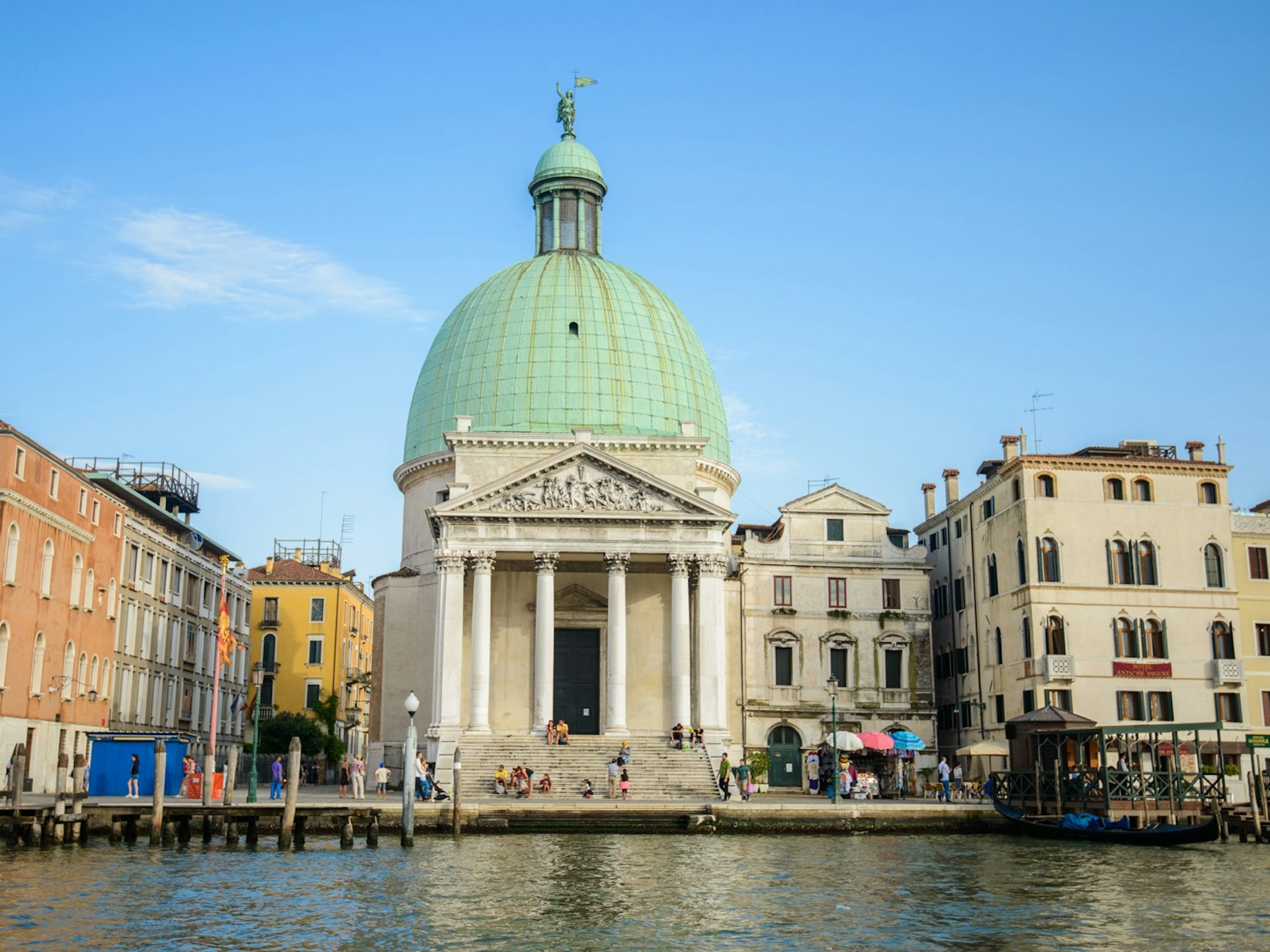
Santa Croce
Best neighborhood for moving around easily
Santa Croce is the only sestiere of Venice where cars and buses are allowed to move around before having to stop due to the lack of roads and an abundance of canals. It’s where the Santa Lucia train station is located and the main entryway into the city for anyone who arrives using the bridge connecting Venice to the mainland. It’s a great choice if Venice isn’t the only stop of your journey to this part of Italy – those planning to leave the Lagoon for some day excursions to other parts of Veneto or maybe some of the beach locations both North and South of the city.
Santa Croce might not look as pretty as the other sestieri, but don’t be fooled – this is still Venice. There are plenty of things to keep you interested, like the Museo di Storia Naturale di Venezia within the old Fondaco dei Turchi, the vibrant square of San Giacomo dell’Orio and the Palazzo Mocenigo, Venice’s museum of fashion history as well as possible haunting grounds of the ghost of philosopher and writer Giordano Bruno.
